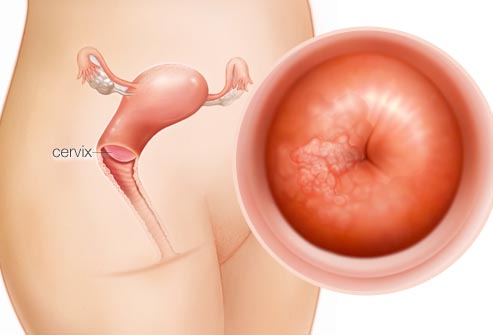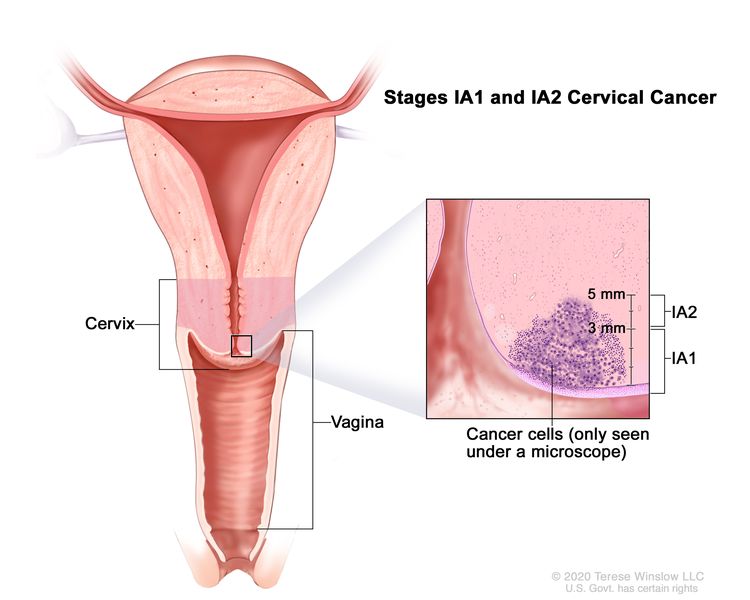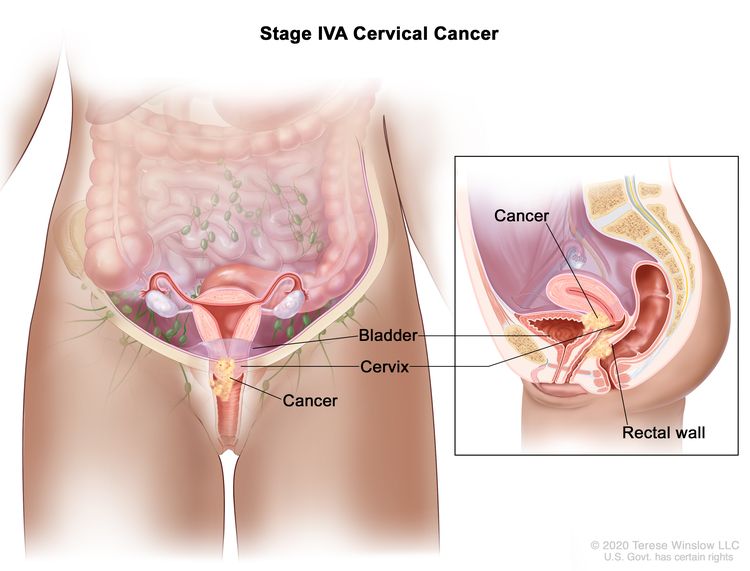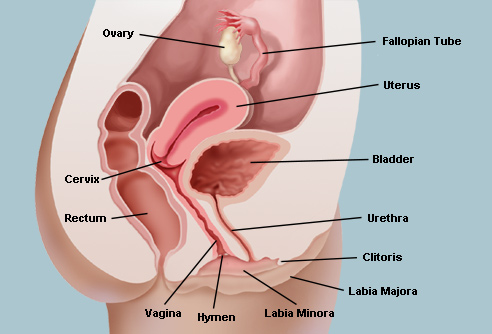Cervical cancer is a variant of cancer that takes place in cells of the cervix.
The cervix is the lower area of uterus that links the vagina. While cervical cancer symptoms vary, it’s so important for women to be aware.
Vaginal cancers on the other hand occur in the vagina. This is a muscular tube connecting the uterus with outer genitals. Uterine cancers arise in abnormal tissues. Mostly, it’s in the uterus lining or womb. Commonly, they are called endometrial tumors.
One of the leading causes of cervical cancer symptoms is a viral infection. In particular, HPV is known to play a leading role. Women can reduce their risk of cervical cancer tenfolds by performing screening tests. This includes a vaccine for prevention.
Cervical cancer symptoms you should be aware of
When detected early, cervical cancer usually doesn’t show any clear signs or symptoms. However, advanced stages can include a number of findings:-
- Vaginal bleeding- either post intercourse, after the menopause, or between two periods
- Heavy vaginal discharge- either watery or bloody nature with a foul odor
- Pain- in the pelvic region or during intercourse
Women experiencing any concerning cervical cancer symptoms should visit a doctor immediately.
Causes of cervical cancer symptoms
There are a number of causes related to cervical cancer symptoms.
Firstly, there is abnormal change or mutation in the cervix cells. Healthy cells grow at a normal rate. Cervical cancer cells however multiply at abnormal rates. They go out of control and do not die. These abnormal cells combine to form a giant mass, which is a tumor.
The cancer cells can then spread to far off distances, entering other organs.
While the cause of cervical cancer symptoms is unknown, many relate it to HPV or human papillomavirus. Some people with HPV, however, may never develop cancer. That means a number of other factors are involved. This includes diet, lifestyle, and environment too.
Risk factors for cervical cancer symptoms
The risk factors associated with cervical cancer symptoms are plenty. They include the following:-
- Multiple sexual partners- Women who have more than one sexual partner are at greater risk
- Sex at an early age- HPV, leading cause of cervical cancer, occurs in women who have sex early
- Sexually transmitted diseases- this includes Gonorrhea, HIV/AIDS, Syphilis, and Chlamydia.
ADVERTISEMENT They all can increase the risk for cervical cancer
- Poor immunity- women with weak immune systems can not only get cervical cancer but HPV too
- Smoking- smoking women show a higher risk of developing squamous cell cervical cancer symptoms
- Diethylstilbesterol (DES) drug exposure- women showed a greater risk of cervical cancer when exposed to DES
Preventing cervical cancer symptoms
How to prevent cervical cancer symptoms? Firstly, women should consult physicians regarding the HPV vaccine. This will lower their risk of contracting the viral disease. Further it can reduce the risk for cervical cancer.
Women should also undergo screening tests. In particular, the routinely Pap smear detects cervical cancer at early stages. This is why many medical institutions advise Pap smears for 21-year-old females.
To further prevent cervical cancer, women should practice safe sex. This prevents the transfer of sexual diseases. Also, limited sexual partners are advised.
Distinguishing vaginal and uterine cancer symptoms from cervical cancer
While all three types of cancers originate in the female reproductive system, they are different.
Uterine cancer symptoms include a number of distinguishing features such as:-
- Non-bloody vaginal discharge
- Painful urination
- Painful sexual intercourse
- Unexplainable weight loss
- Mass in the pelvic region
Vaginal cancer symptoms can include anyone of the following:-
- Vaginal bleeding that occurs at any point in time
- Urine or stool color change, usually of a reddish tone
- Pain during urination, sexual intercourse or the pelvic region
Cervical cancer symptoms raise a red flag for women around the globe.
Although uterine and vaginal cancers occur in a similar region, their symptoms vary. For this reason, all women must undergo routine screening to prevent such illnesses.








